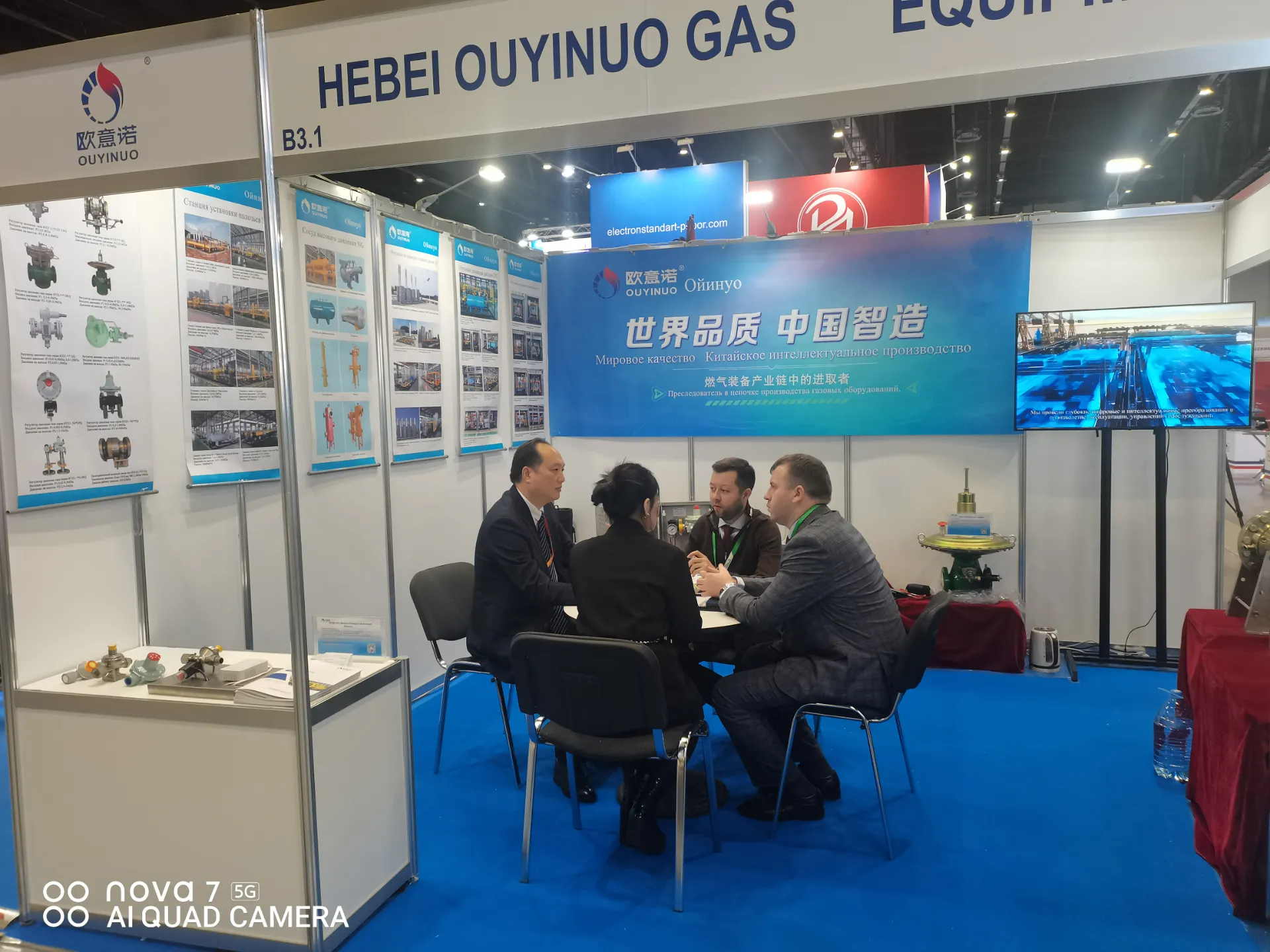
Oct . 19, 2024 05:44
Back to list
gas valve
Understanding Gas Valves Key Components for Safety and Efficiency
Gas valves are essential components in various applications, from residential heating systems to industrial processes. These devices play a crucial role in controlling gas flow, ensuring safety, and enhancing the efficiency of gas-utilizing equipment. This article delves into the different types of gas valves, their functions, applications, and the importance of regular maintenance.
What is a Gas Valve?
A gas valve is a mechanical device designed to regulate the flow of gas in a pipeline or a gas-fueled appliance. It can either permit or restrict gas flow, acting as a gatekeeper to ensure that gas is supplied only when necessary. Gas valves come in various designs and types, each tailored for specific uses, ranging from simple on/off control to complex modulation of flow rates.
Types of Gas Valves
1. Ball Valves Ball valves feature a spherical closure element that rotates to control the flow of gas. They are known for their durability and reliability, providing a tight seal that reduces the risk of leaks. Ball valves are commonly used in both residential and commercial applications, making them one of the most popular types of gas valves.
2. Gate Valves These valves use a wedge-shaped metal gate to open or close the flow of gas. While they provide a straight flow path (minimizing pressure drop), they are not ideal for throttling applications due to their design. Gate valves are commonly used in situations where the valve is either fully open or fully closed.
3. Globe Valves Globe valves are designed to regulate flow. They feature a spherical body and are suitable for throttling applications, making them ideal for systems that require precise flow control. However, they can create a higher pressure drop compared to ball or gate valves.
4. Check Valves Check valves are non-return valves that allow gas to flow in one direction while preventing backflow. They are crucial for preventing contamination in gas lines and ensuring the safety of gas systems.
5. Pressure Relief Valves These safety valves automatically release gas pressure when it exceeds a predetermined limit, protecting the system from overpressure that could lead to catastrophic failures.
Applications of Gas Valves
gas valve

Gas valves are used in a variety of applications, including
- Residential Heating In home heating systems, gas valves control the flow of natural gas or propane to furnaces, water heaters, and stoves. Efficient and safe operation is essential to ensure that these appliances function correctly.
- Industrial Processes In industries such as oil and gas, chemical manufacturing, and food processing, gas valves are integral to equipment that requires precise gas flow control for optimal performance.
- Transportation Gas valves are also critical in the transportation sector, specifically in vehicles that operate on compressed natural gas (CNG) or liquefied petroleum gas (LPG). These valves ensure safe gas storage and supply during operation.
Safety and Maintenance
Safety is paramount when dealing with gas valves. Regular maintenance and inspection are crucial to ensure they operate correctly and safely. Here are some important maintenance tips
- Regular Inspections Routine checks for leaks, wear, and corrosion should be performed. Any signs of wear should be addressed immediately by replacing the valve.
- Cleaning Dirt and debris can affect the performance of gas valves. Regular cleaning can help maintain smooth operation and prolong the life of the valve.
- Professional Assistance It is advisable to seek professional help for maintenance and repairs, as improper handling can lead to severe accidents.
Conclusion
Gas valves are critical components that ensure the safe and efficient use of gas in various applications. Understanding the different types of gas valves and their respective functions is essential for anyone involved in gas system design, maintenance, or operation. By prioritizing safety and regular maintenance, we can help to prevent accidents and ensure that gas systems function optimally for years to come. Investing in quality gas valves and adhering to best practices will significantly enhance both safety and efficiency in gas applications.
Latest news
-
Safety Valve Spring-Loaded Design Overpressure ProtectionNewsJul.25,2025
-
Precision Voltage Regulator AC5 Accuracy Grade PerformanceNewsJul.25,2025
-
Natural Gas Pressure Regulating Skid Industrial Pipeline ApplicationsNewsJul.25,2025
-
Natural Gas Filter Stainless Steel Mesh Element DesignNewsJul.25,2025
-
Gas Pressure Regulator Valve Direct-Acting Spring-Loaded DesignNewsJul.25,2025
-
Decompression Equipment Multi-Stage Heat Exchange System DesignNewsJul.25,2025

